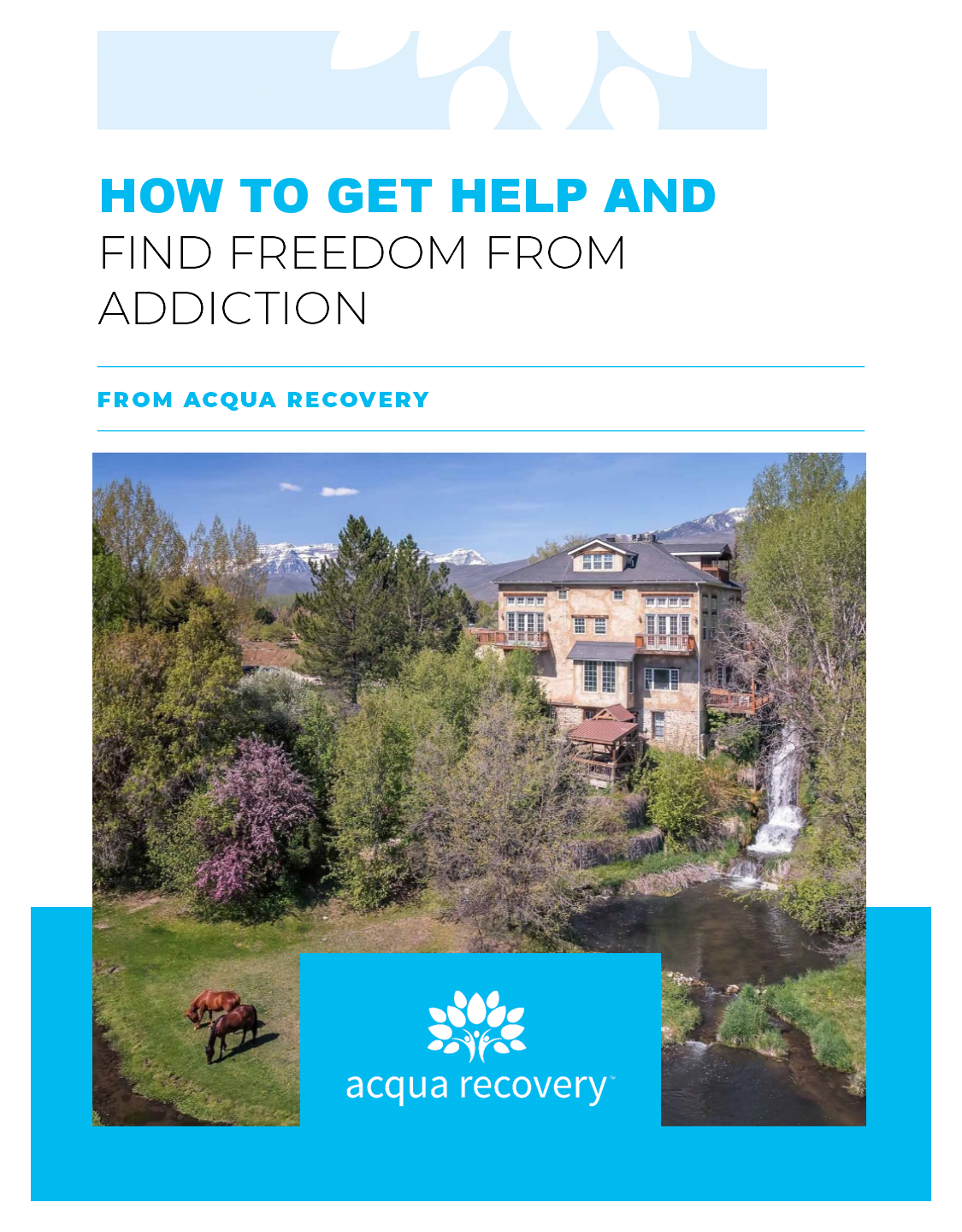Prescription pills became an integral part of American life in the twentieth century. By 2017, at the height of the opioid epidemic, doctors wrote nearly 200 million prescriptions for opioids like OxyContin, for example. Since the American population in 2017 was just over 325 million, that’s a little more than one in every two Americans. That same year, more than 11 million people misused opioids, and nearly 17,000 people died from them.
As a society, we finally know that pills aren’t always safe to use just because a doctor prescribes them. Indeed, prescription pills — even beyond opioids — have a long history of abuse in the United States. For that reason, employers, judges, and regulation boards now include many commonly prescribed medications on standard 12- and 15-panel drug tests. If you are taking prescription pills — either as prescribed or in an abusive manner — and have a drug test looming, here’s what you need to know.
What Happens During a Drug Test?
There are several different levels of drug test, named for the number of substances they screen for: 6-panel, 10-panel, 12-panel, and sometimes even 15-panel. The most basic, the 6-panel, tests for amphetamines and methamphetamines (like Adderall), barbiturates, cocaine, marijuana, opiates, and PCP. The 12-panel also includes benzodiazepines (like Valium or Xanax, methadone, propoxyphene, Quaaludes, ecstasy/MDMA, and Oxycodone and Percocet as its own separate class.
From there, you’ll be giving one of many different kinds of specimen samples. Different tests may screen your saliva, urine, blood, or hair. Each test has varying sensitivity, and your specific results will depend upon your height, weight, sex, and metabolism as well. However, here’s what you generally can expect regarding the appearance of specific types of prescription pills on drug tests.
Amphetamines in a Drug Test
Amphetamines include drugs like Adderall and Ritalin — both commonly prescribed but also commonly abused. This class of drugs will show up on a urine test for three to four days after your last use. In blood, they last just two days on average. Saliva drug tests are even less sensitive, picking up amphetamine use for just one to two days after the last use. Finally, a hair follicle test can detect amphetamines for up to three months after your last use.
Barbiturates in a Drug Test
Barbiturates like Nembutal, Seconal, or Pentothal went out of fashion with doctors long ago because of abuse, addiction, and overdoses. Still, they remain part of a typical drug test screening. The timeline for this class of drugs is roughly as follows: blood, three days; saliva, three days; urine, six weeks; and hair, much longer.
Benzodiazepines in a Drug Test
Klonopin, Xanax, and Valium are all benzodiazepines, and each clears from your body very differently. For example, Valium remains in urine for 10 to 30 days, yet Xanax and Klonopin are only detectable for five. Valium can stay in your hair for 90 days or longer depending on the nature of your use.
Buprenorphine in a Drug Test
Buprenorphine is most commonly found in the drug Suboxone, which is prescribed for those attempting to quit opiates or opioids. However, it is often abused by people abusing those drugs as well. For that reason, many drug tests screen for this type of drug. Buprenorphine stays in your urine for just under a week after your last use; in blood, and in your blood and hair much longer.
What Happens if I Test Positive for a Prescription?
If you have been prescribed a controlled substance by a doctor, your employer generally cannot fire you for testing positive for that substance. Of course, you will have to provide proof of your subscription. In addition, if the substance is affecting your work performance, it may still be a problem despite the fact that you have been prescribed the drug.
Of course, the best way to make sure that you never have to worry about drug tests again is to get clean and sober. If you are ready to end your dependence on prescription pills, know that it is possible to make a change. In our sanctuary for healing just outside of Park City, Utah you’ll find the support, professional care, and peaceful environment you need to change your life, renew your perspective, and rediscover life without prescription pills. Call us today to learn more.











